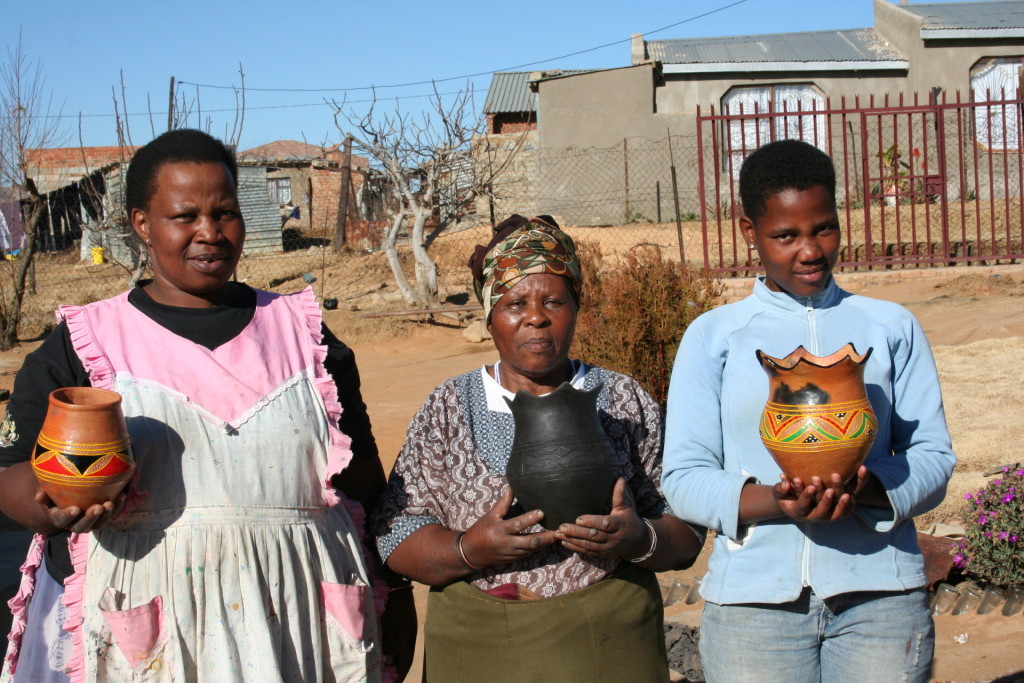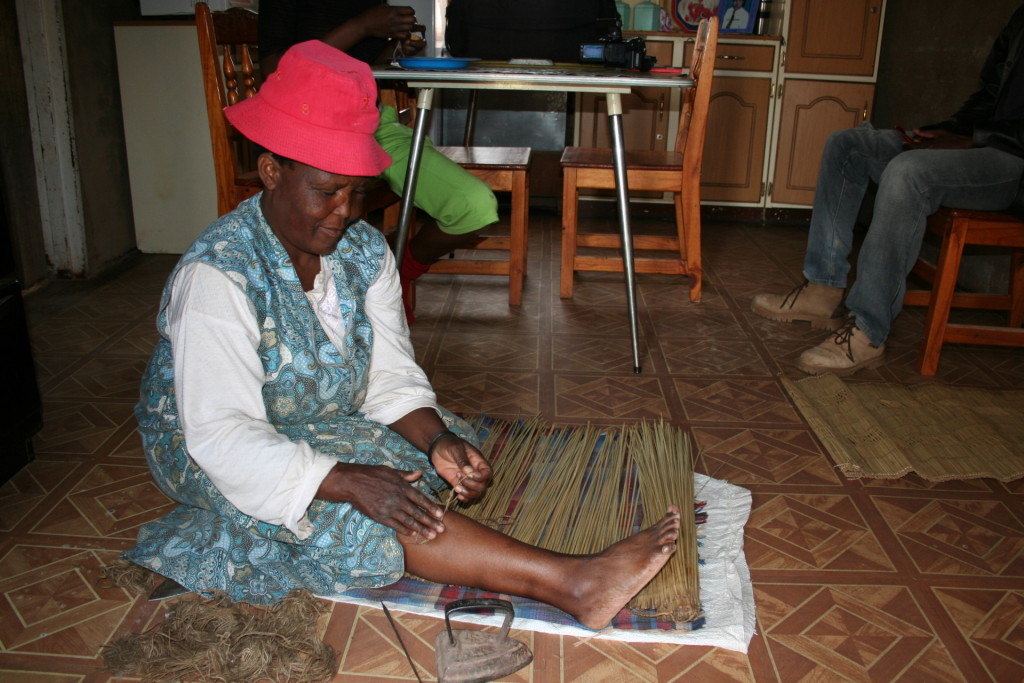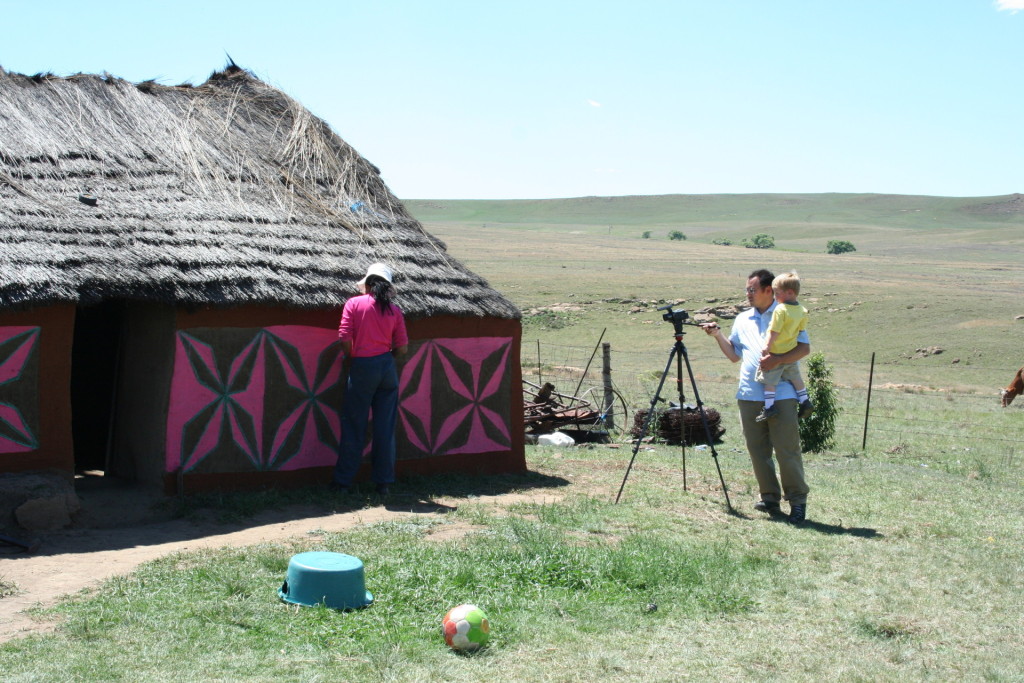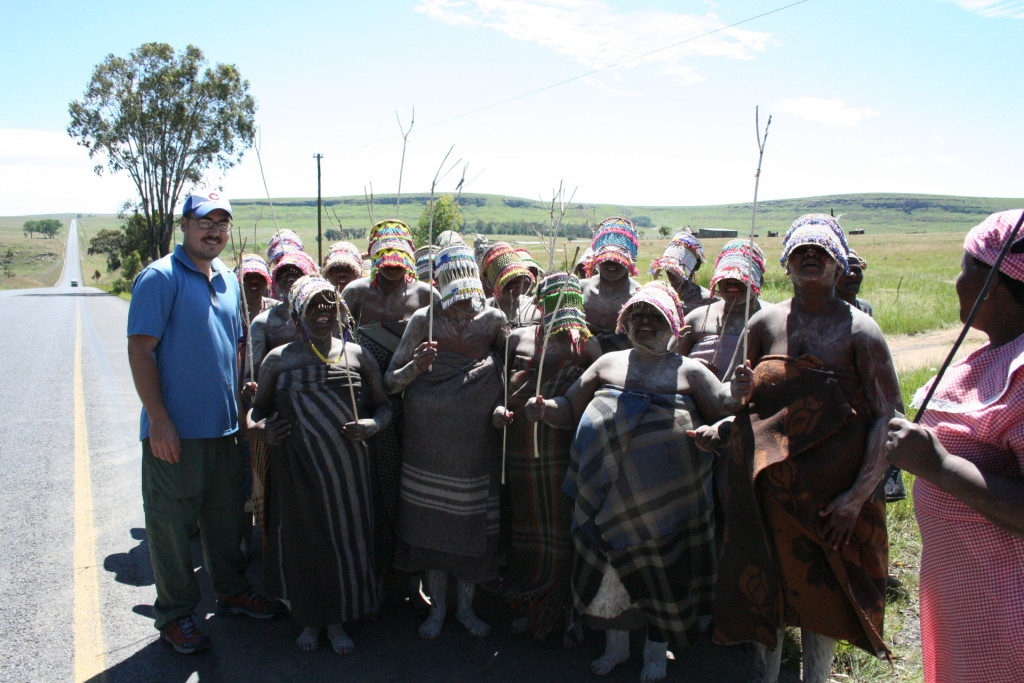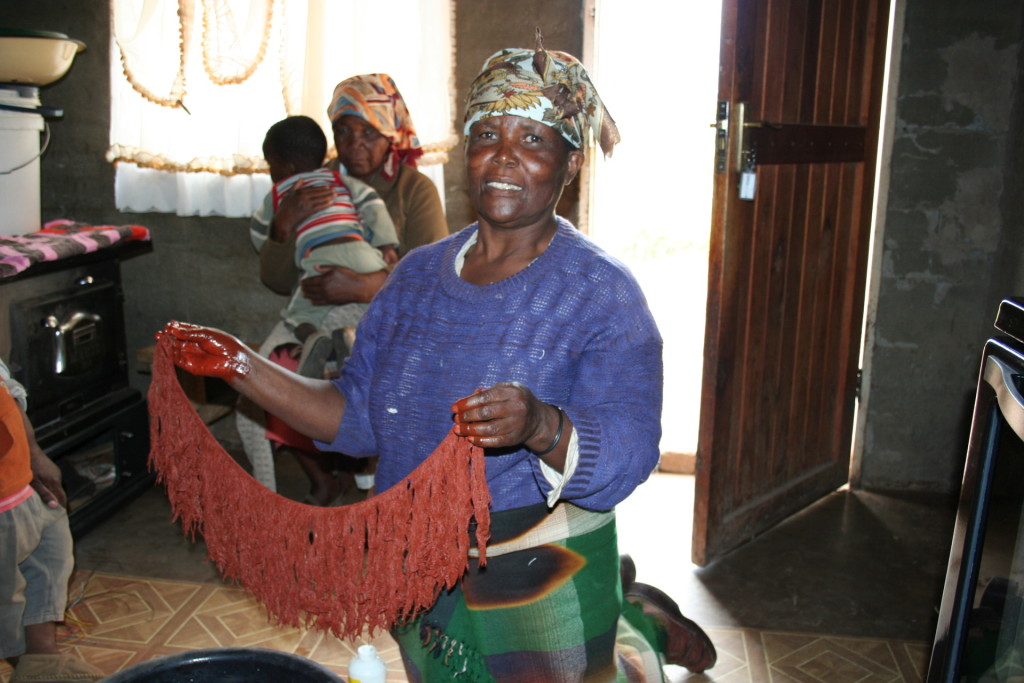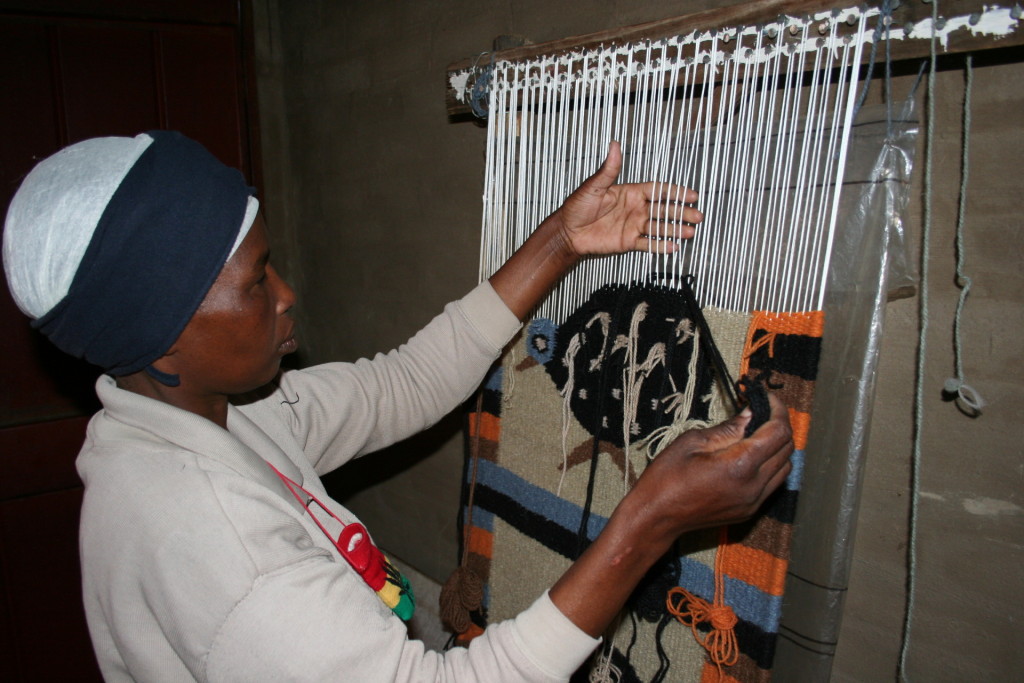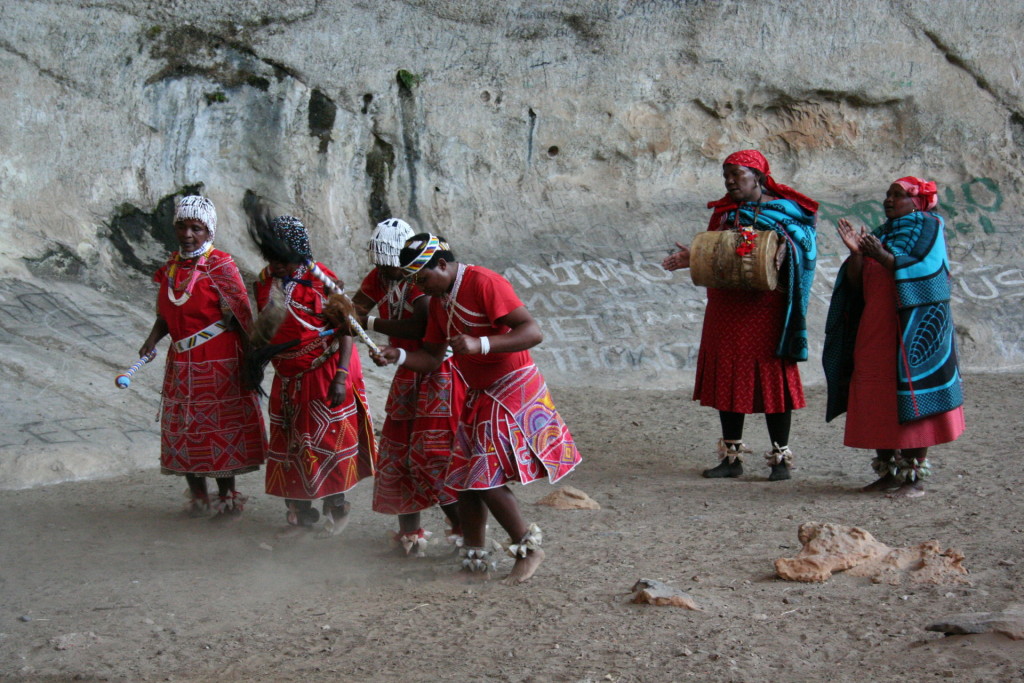Three Colorado State University faculty members are taking a group of students to South Africa this month to help preserve the art, history and customs of an indigenous community.
David Riep, assistant professor in CSU’s Department of Art and Art History, spent about five years with the South Sotho people while he was doing his graduate work; his doctoral dissertation was on the art of the region.
Now he’s going back for a month with 13 students to take on a variety of projects.
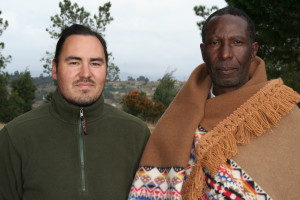
Joining him will be Associate Professor Patrick Fahey of the CSU art department and Constance DeVereaux, associate professor and director of the LEAP Institute for the Arts, a special academic unit at CSU that offers a master’s and undergraduate minor degree in arts leadership and administration. The students going on the trip are from LEAP and the fields of art and art education.
For Riep, chronicling the culture of the indigenous community became a passion after he and his wife traveled to the country for a friend’s wedding — and ended up staying for two years, working for a nongovernmental organization dedicated to helping the homeless and disabled.
“I wanted to learn about the art and art history of South Sotho people, and there wasn’t a book about this,” Riep said. “It didn’t exist.”
He’s been working to document their art-making processes ever since, and now he’s involving CSU students in the effort. Their trip, which begins on June 14, will involve two courses: one on art history and a LEAP class about arts collaboration and community engagement.
Saving a museum
In one of the main initiatives, the team will work on a plan for restoring and improving a small museum atop a mountain in the area of QwaQwa that had been vandalized several years ago. The museum lacks proper environmental controls to protect historical pieces from external threats like light and bugs, so part of the CSU team’s work will be to make recommendations on how to improve the facility’s ability to preserve cultural artifacts in a sustainable manner.
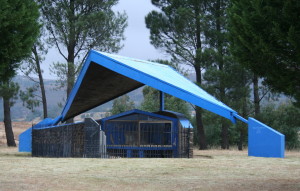
The students will also do survey research to help the community form options for the museum’s future.
Riep said the museum is significant in part because it is the site of an annual “reinvesting” event in which the members of a local South Sotho clan recite the oral history of how they migrated to the area in the mid-1800s.
Goals for the museum include re-establishing it as a place for local schoolchildren to learn about their cultural history and making it a source of income for the impoverished community, where nearly 90 percent of the population is unemployed.
“That’s what makes it special to me, working with communities that don’t have enough resources,” Riep said.
The CSU students will also meet with local artists to document how various objects are made, including pottery, tapestries, beadwork, grass weaving and murals. In return, they’ll teach the artists professional development and entrepreneurship skills like interviewing and resume writing.
“It’s not a one-way exchange,” Riep said.
Craft fairs
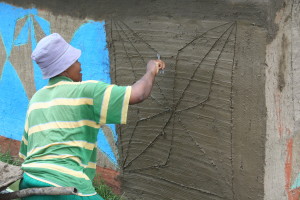
The students will also participate in local craft fairs, where they will set up stations for members of the public to make their own art and take it home.
Finally, they’ll help assess a new “Africa Meets Africa” curriculum being used in select public schools. It uses the history and art of local indigenous communities to teach fields like math, science and astronomy. The CSU team will conduct an evaluation of how the teachers are using the curriculum and develop new materials that use indigenous mural paintings to teach geometry and beadwork design to understand algebra.
If time allows, Riep said, the students have also been invited to teach art in an orphanage, a center for the disabled, and public schools, which typically don’t include art in the curriculum.
“The opportunity to teach in both schools and civic venues is a great opportunity for the art education students in the group,” Fahey said.
The students will be blogging at https://csumeetsafrica.wordpress.com and posting on Instagram (CSUmeetsAfrica) about their experiences, which will include meeting with the clan’s king.
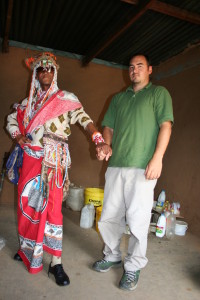
Riep said he hopes to make it a recurring trip, perhaps working with other clans in the area in the future.
A transformative experience
It’s not DeVereaux’s first time to South Africa either.
In 2008 she worked with the Tshwane University of Technology in Pretoria and Tshwane Municipal Authority to form strategies for incorporating arts and culture into community planning. Since then she has worked with that university to develop master’s and bachelor’s degrees in arts policy and management.
“We envision our experience in South Africa to be transformative for both our students and the community we work with,” she said. “The students are bringing skills they’ve already learned at CSU, but they’ll apply them in ways that they might never have imagined. They’ll be enriched by the arts and culture of the artists and community members we’ll be working with.”
Riep added that the relationships he forged with indigenous people during his previous visits to South Africa gave him special access to their customs that is rare for non-Africans.
“This is a way for me to show my gratitude,” Riep said. “I want to try to give back however I can. Telling them that their history is important to me and others is one of the main things that opened doors for me.”
College of Liberal Arts Dean Ann Gill and Professor Gary Voss, chair of the Department of Art and Art History, provided funding for the supplies that will be used to teach art at the schools and other venues in South Africa.
